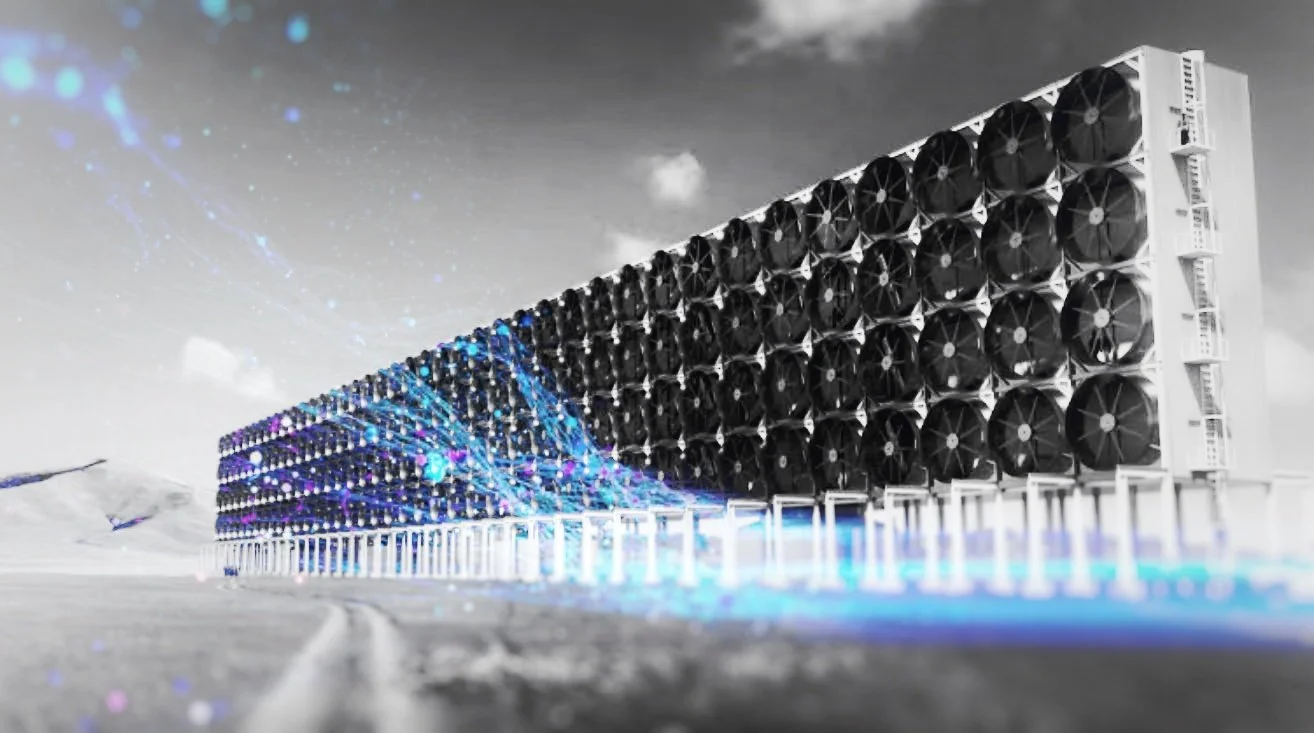AI in Ocean Cleanup
Machine learning technologies allow for an expedited approach to ocean cleanup missions. At Xyonix, we specialize in providing data-driven results to your team through AI.
Our oceans are in distress. Approximately 8 million tons of plastic end up in our oceans every year. To make matters worse, about half of that plastic pollution comes in the form of microplastics, particles of plastic so small we may never be able to fully eradicate plastic from our oceans.
Luckily, emerging companies and non-profits are changing the landscape by developing innovative techniques to solve this issue. At Xyonix, we partner with these companies and provide solutions to any problems that arise. We develop and train models to identify plastic in our waterways. We use satellite imagery to locate high concentrations of pollution to focus efforts on all while avoiding marine life for an autonomous unit. After this initial step, we discover natural patterns in the data. These patterns help us simplify and break down what the issue is so we can deliver you possible solutions and actionable steps.
Using AI to Recognize Plastic
Highly trained AI systems can be taught to identify and distinguish between plastic and natural marine life. These systems allow for this precise knowledge to be implemented in your technology effortlessly.
Using AI to Locate Pollution Sources
Machine-based algorithms are used to identify and stop sewage leaks from happening. AI can be trained to monitor water output and recognize when a spill is happening.
Using AI to Identify Plastic in Our Oceans
Satellite imagery can be used in AI systems to look for high concentrations of plastic in our oceans. This knowledge allows for an efficient approach to cleaning up larger concentrations of trash.
Interested in learning how AI can help your ocean cleanup goals? Contact us and let’s dig in together.
Want to dig deeper? Read one of our articles detailing applications of AI to environmental problems.
References
Daws, Ryan. “Razer and CLEARBOT Are Using AI and Robotics to Clean the Oceans.” AI News, 8 June 2021, artificialintelligence-news.com/2021/06/08/razer-clearbot-using-ai-robotics-clean-oceans/.
Lieshout, Colin van. “Automated River Plastic Monitoring Using Deep Learning and Cameras.” The Ocean Cleanup, 5 Oct. 2020, https://theoceancleanup.com/scientific-publications/automated-river-plastic-monitoring-using-deep-learning-and-cameras/.
“The Amazing Ways We Can Use AI for HEALTHY OCEANS.” AIWS, https://aiworldschool.com/research/the-amazing-ways-we-can-use-ai-for-healthy-oceans/.
Gill, Victoria. “Hundreds of SEWAGE Leaks Detected Thanks to AI.” BBC News, BBC, 11 Mar. 2021, https://www.bbc.com/news/science-environment-56351501.
“Famous Quotes about Air Pollution.” Quotes of Life.
Haas, Michaela. “Cleaning up Rivers Saves Oceans.” The Current, 27 Aug. 2021, thecurrentga.org/2021/08/27/cleaning-up-rivers-saves-oceans/.
“Marine Plastics.” IUCN, 5 Dec. 2018, www.iucn.org/resources/issues-briefs/marine-plastics#:~:text=At%20least%208%20million%20tons,causes%20severe%20injuries%20and%20deaths.
National Geographic Society. “One Bottle at a Time.” National Geographic Society, 28 June 2019, www.nationalgeographic.org/article/one-bottle-time/?utm_source=BibblioRCM_Row.







